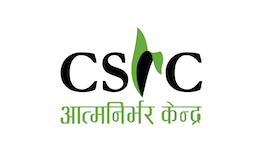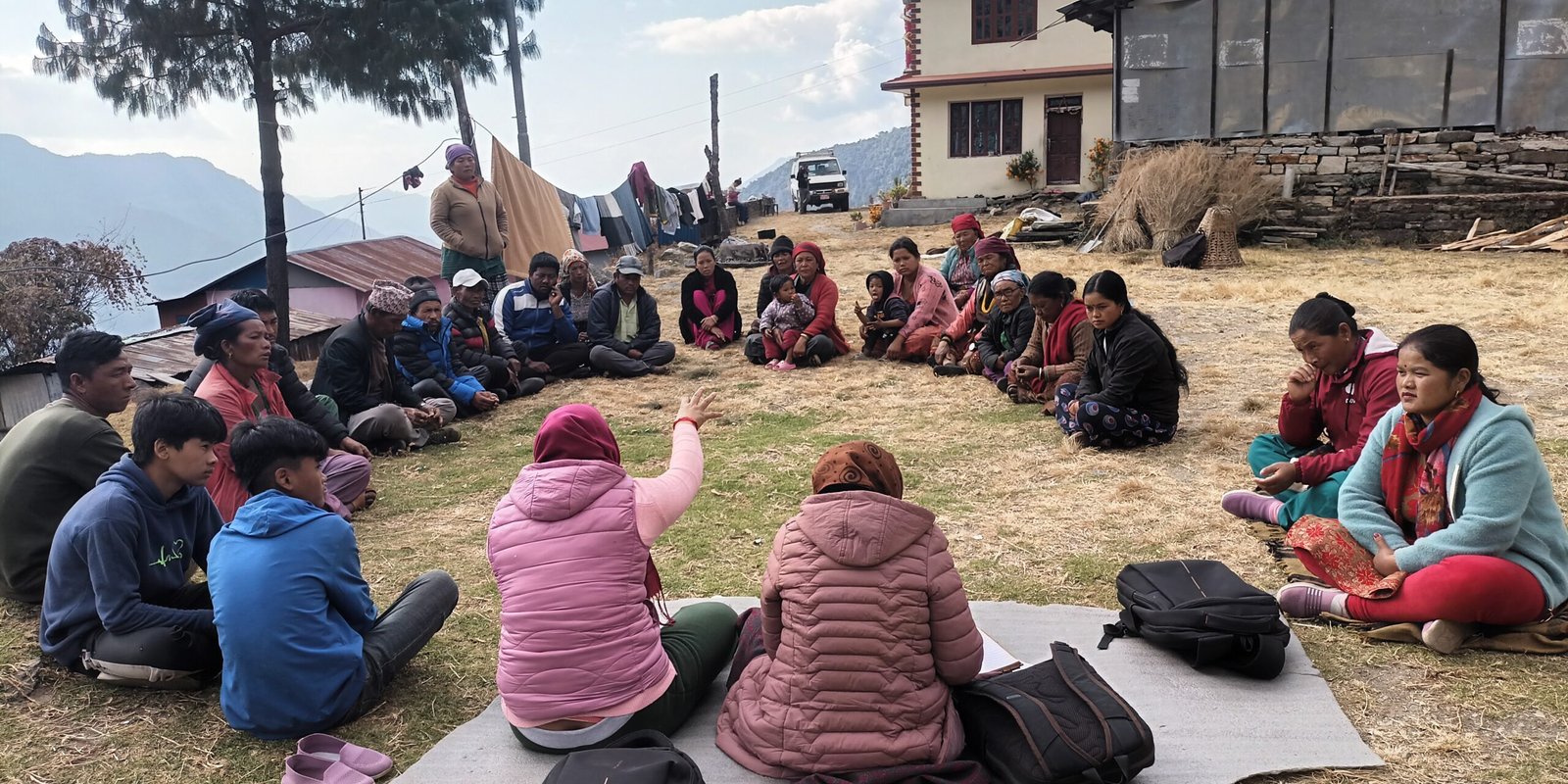The pattern of monsoons is shifting every year. In 2024, the monsoon started earlier than usual normal months and lasted longer than expected. In the beginning of the monsoon, starting from June 2024, there were numerous incidents of landslide and flooding which resulted in 112 deaths, and 58 others missing in the landslides, flood and lightning-related incidents, according to National Disaster Risk Reduction Management Authority report This incident highlighted our unpreparedness in handling such situations with a weak early warning system. Due to its geographical terrain, Sindupalchowk was significantly impacted, resulting in 12 human deaths. The Ministry of Home Affairs, Nepal, in conjunction with the District Disaster Management Committee (DDMC), declared five local governments as high-risk areas. Among them was Bahrabise Municipality, as mentioned in the DEOC report. In Bahrabise Municipality, rainfall induced five landslides and two floods, but fortunately, there were no human casualties.
During this period, the Department of Hydrology and Meteorology (DHM) released a bulletin containing a risk matrix with low likelihood and medium impact. Based on this, the DDMC customized an Impact Based Forecast (IBF) bulletin for Sindupalchowk district and sent it to the Local Emergency Operation Center (LEOC) in Bahrabise. Various high-risk locations were mentioned, including Khagdal, which faced significant risks such as potential electricity supply cutoffs, contamination of drinking water, long-term road blockages, and recurring landslides in previously affected areas.
As part of the Pratibaddha program to strengthen disaster institutions, there have been reforms of the Ward Disaster Management Committees (WDMCs) and the formation of Community Disaster Management Committees (CDMCs) in high-risk areas. The functionality of the Local Disaster Management Committee (LDMC) has also been increased through various workshops in Bahrabise Municipality.
In 2024, all the committees have been functional and organized numerous meetings for disaster preparedness and early action. During the monsoon period, these committees maintained constant coordination through phone calls and regular circulation of DHM weather forecasts and bulletins. Last year, four LDMC meetings were conducted to explore ways to keep communities at high risk of flooding and landslides safe and to make the DHM bulletin comprehensible. Kamala Devi Karki lived in CAT III zone, a high flood-risk area requiring relocation, in Khagdal. On the night of July 20th, 2024, flooding occurred. Community members from Tar and Sirise alerted her, but she felt helpless as her husband, Lok Bahadur Karki, was paralyzed. With only her daughter present, she fled the house, leaving her husband behind. Kamala Devi Karki stated, “I had lost hope for my husband, but with the army’s assistance, he was rescued and taken to the army barrack. Later, I also joined him there.”
Vice-Mayor Manju Tamang explained that during the 2016 flooding in Bahrabise, the lack of coordination and impact-based forecasting led to human casualties. This time, thanks to improved communication between LDMC and WDMC, and the use of Viber for community updates, they were able to successfully circulate the DHM bulletin and coordinate rescue efforts. Government officials also kept them informed about the situations in Bhotekoshi and Balefi Rural Municipality. The army was able to rescue Lok Bahadur Karki after receiving a message from Ward No.3 CDMC member Tilak Thing.
- Written By: Saurabhi Niraula







